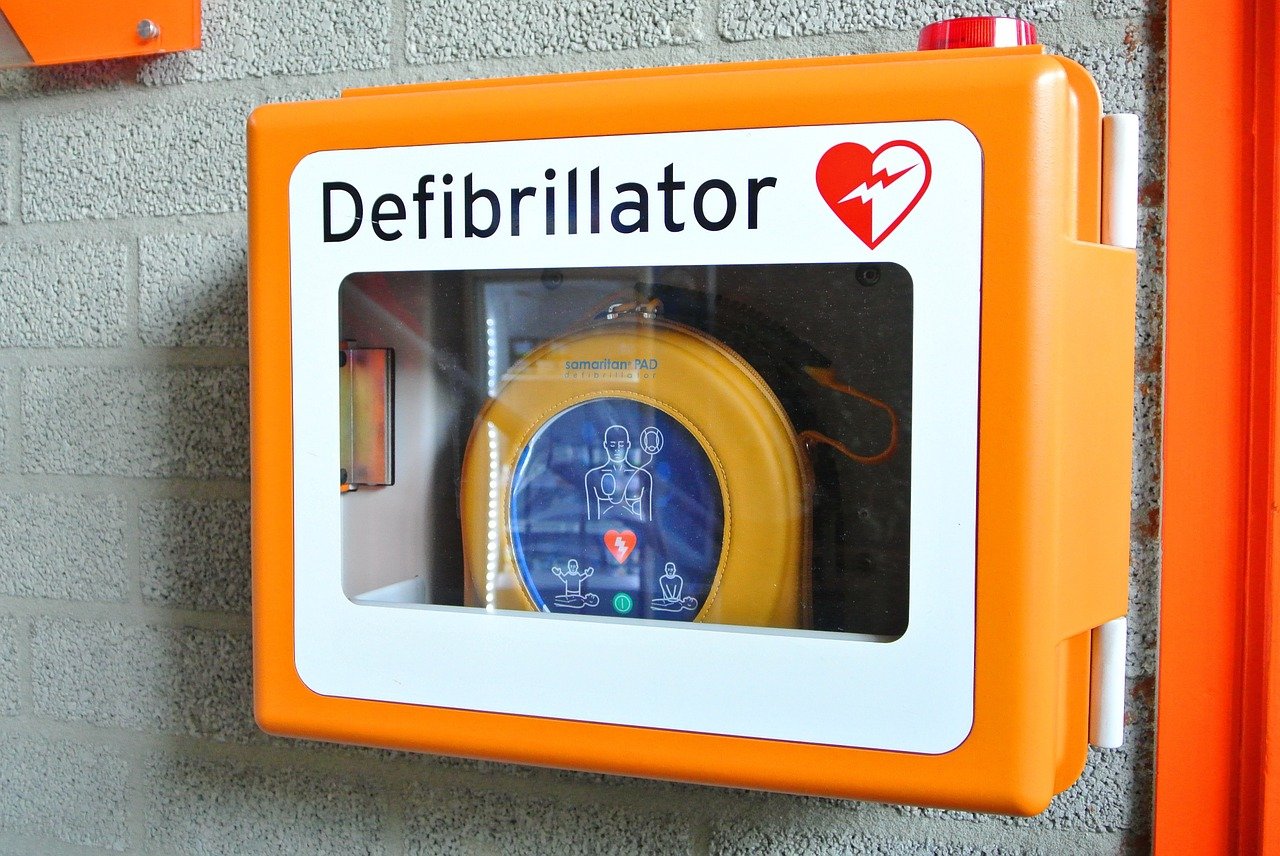The automated external defibrillator (AED) recognizes arrhythmia and different dysrhythmias and delivers an electrical shock at the correct time. The AED has become a standard sight of public buildings. The AED is reliable and is safe for anyone to use. In an exceedingly witnessed asystole, wherever the person is determined to collapse suddenly, the foremost common cause is probably going to be an arrhythmia.
When to Use AED
The first step is to see whether or not an AED is required. A defibrillator should only be used on somebody suffering fast asystole, unconsciousness, and respiration difficulty. The medical/authorized person can use it on a patient suffering an attack that continues to be aware and respiration. If someone is tormented by systole, they’re going to be unresponsive with no palpable pulse and no respiration or simply short-breath.
Defibrillator cost
The cost of a defibrillator depends on its features, from around £800 up to £2,500. There are many models and types of AED to choose from. To know more about them, you can get assistance from any medical advisor or surf it yourself on https://risk-assessment-products.co.uk/defibrillators/. The cost of a defibrillator also varies depending on its manufacturer company. Although keeping on in public places and schools, public community, companies for an emergency. Nothing is costlier than a valuable life.
Using AED
A defibrillator, commonly known as an AED, i.e. Automated External Defibrillator, gives an electric shock to the heart when it beats abnormally after a cardiac arrest. These AED steps should be used once attending for a non-breathing kid, aged eight or older, over fifty-five pounds, or an adult. Only after checking the scene and guaranteeing that the person desires facilitate:
- Turn on the AED and follow the visual or audio prompts.
- Open the person’s shirt and wipe their clean chest dry. If the person is sporting any medication patches, you should use a gauntleted (if possible) hand to remove the patches before wiping the person’s chest.
- Attach the AED pads, and introduce the connection (if necessary).
- Make positive nobody is, as well as you, is touching the person. Tell everybody to “stand clear.”
- Push the “analyze” button (if necessary) and permit the AED to analyze the person’s regular recurrence.
- If the AED recommends that you deliver a shock to the person, make sure that nobody, as well as you, is touching the person – and tell everybody to “stand clear.” Once clear, press the “shock” button.
- Begin mouth-to-mouth resuscitation when delivering the shock. Or, if no shock is suggested, begin CPR. Perform a pair of minutes (about five cycles) of mouth-to-mouth resuscitation and still follow the AED’s prompts. If you notice obvious signs of life, discontinue mouth-to-mouth resuscitation and monitor respiration for any changes in condition.
Unlike heart attacks caused by a blockage in the associate artery to the guts, sharp systole is generated once the heart’s electrical system malfunctions. This produces abnormal heart rhythms, known as arrhythmias that build people unable to pump blood.
An AED is an automatic electronic device that mechanically analyzes the guts rhythm in folks experiencing asystole. If asystole (irregular rhythm in your heart) occurs, fast treatment with an AED will be life-saving.



 Bitcoin
Bitcoin  Ethereum
Ethereum  Tether
Tether  XRP
XRP  Solana
Solana  USDC
USDC  TRON
TRON  Cardano
Cardano  Lido Staked Ether
Lido Staked Ether  Avalanche
Avalanche  Toncoin
Toncoin